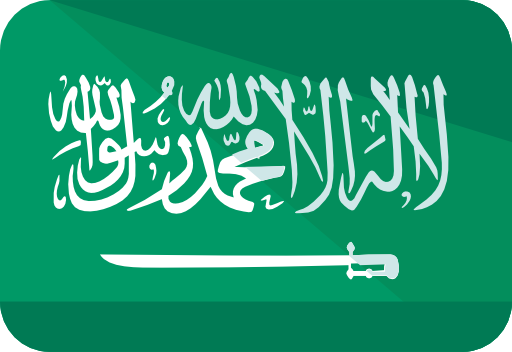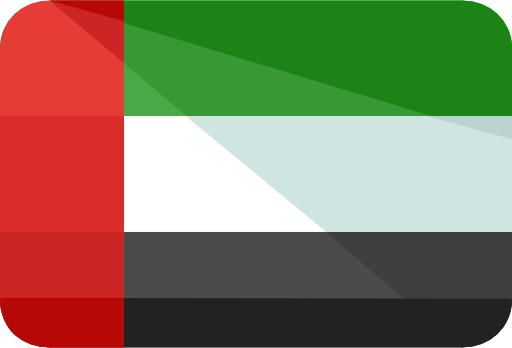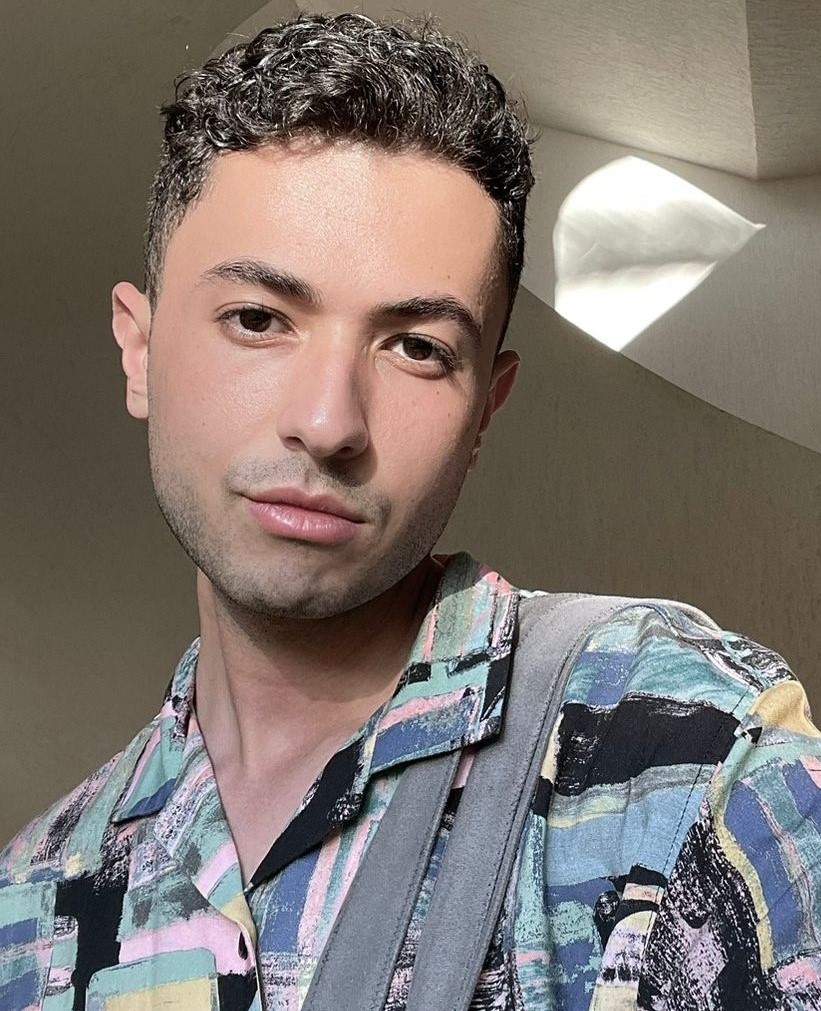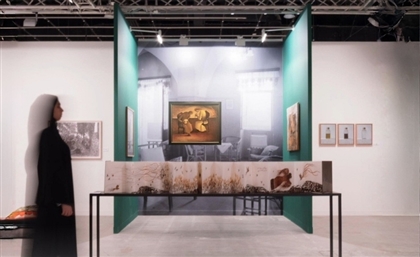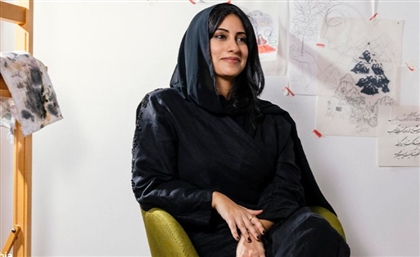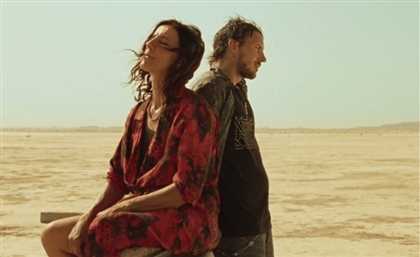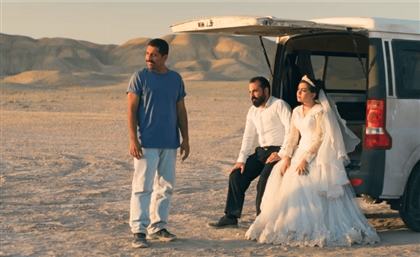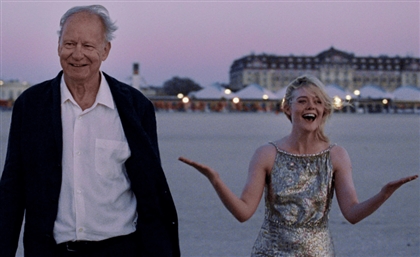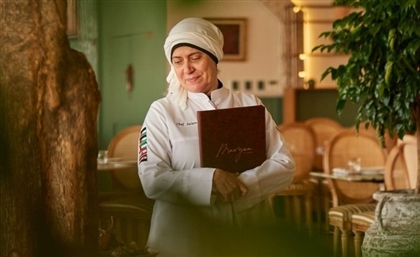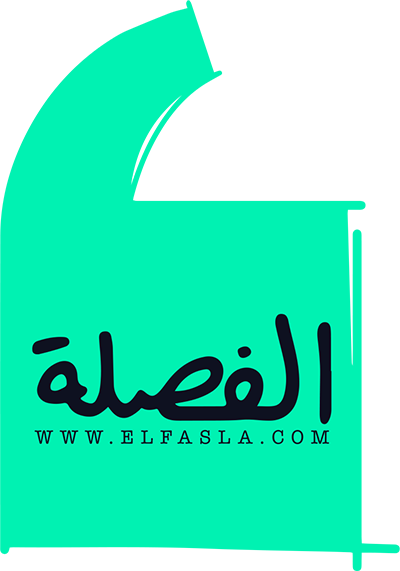How Arwa Al Neami Paved the Way for Saudi Women in Contemporary Art
Al Neami’s success came at a time where being a Saudi woman pursuing art was met with scepticism, if not outright resistance.
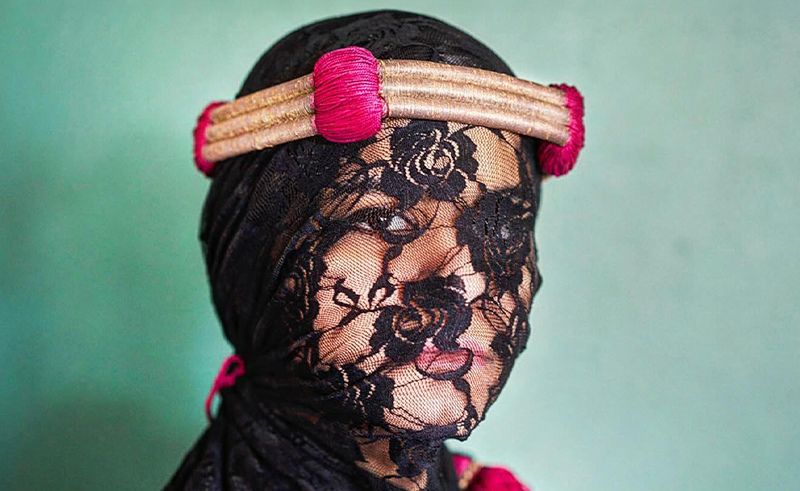
What role can art play in a country undergoing rapid transformation? For Saudi artist Arwa Al Neami, it has long been a way to spark dialogue about social change. Through installations, films, and photography, the Abha-hailing 40-year old artist often uses humour and at times irony to explore the restrictions placed on women and the complex dynamics of life in a changing Saudi Arabia.
Al Neami's career began long before Saudi Arabia’s art scene gained the visibility and acceptance it enjoys today. When she entered the field in the early 2000s, art was not widely embraced in the country, and spaces for contemporary artistic expression were extremely limited. Despite these barriers, Al Neami’s work pushed against social boundaries, laying the groundwork for the more open discourse now emerging within the Saudi art community.
Born in a military compound at King Khalid Military Airbase, Al Neami grew up in a unique environment that shaped her worldview. “It was a military city, quite different from the outside world. My schoolmates and neighbours were from various nationalities. I was a social girl with many Egyptian and Sudanese friends,” Al Neami tells SceneNowSaudi. Her childhood, although spent in the disciplined setting of a military compound, was filled with art and creativity from a young age. "Art has been part of my life since I was four. I started drawing at that age. My artistic spirit had nothing to do with tools or mediums—it was always there.”
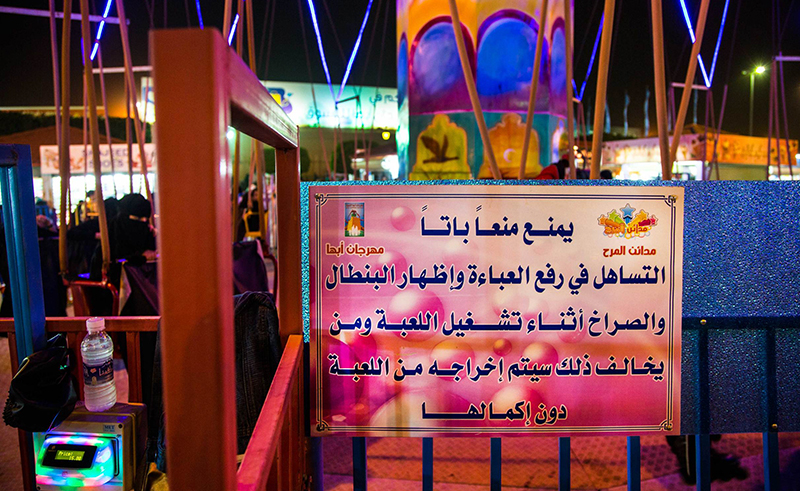
However, her adolescent years brought about a stark cultural shift when her family relocated to Abha. “It was a complete culture shock,” Al Neami recalls. The freedoms she once enjoyed were suddenly restricted. She started wearing an abaya and gloves, and her school offered no art classes. "Everything was haram," she says. Even her Minnie Mouse backpack had its head removed after being deemed inappropriate. But these changes didn't stifle her creativity. Instead, they fueled a deeper sense of questioning and rebellion within her—a spirit that would later be channelled into her artistic work.
After graduating high school, Arwa Al Neami faced a challenge—there were no formal art programs available for her to pursue. Undeterred, she took matters into her own hands. She would visit stationery stores, gather canvases and paper, and lay them out on the floor over a white sheet, creating without a structured starting point or formal techniques. “I would just take out my pencils and colours and start creating,” Al Neami tells SceneNowSaudi.
With no art major to choose from, she instead studied IT at King Khalid University, where she discovered Photoshop. This tool - new at the time - opened doors for her creativity. Hearing about an art competition at Al Muftaha Village, she instinctively created a large multimedia piece, letting the work flow naturally. “I didn’t know the medium or how I started or finished; it just happened,” she says. Her piece won a distinguished prize, one that wasn’t awarded every year, and that was the moment she truly identified as an artist.
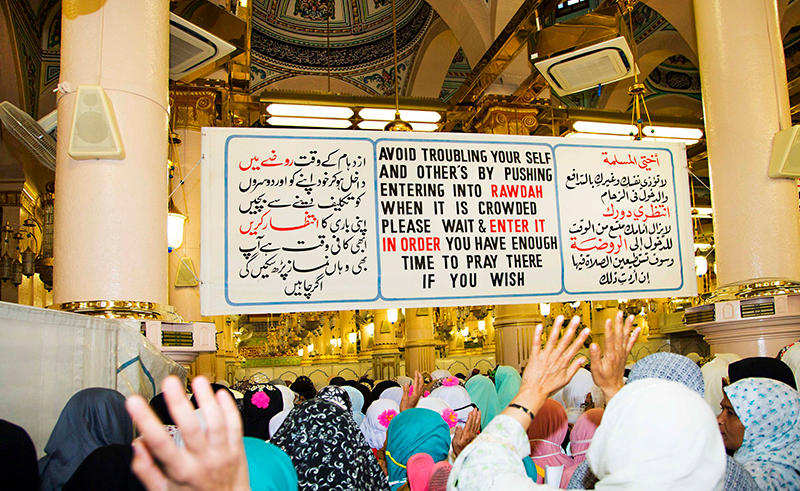
“I felt like a billionaire,” Al Neami recalls, after winning SAR 5,000. The first thing she did was purchase her own computer and Photoshop software, quickly mastering the program to the point where even her professors asked for her techniques. Al Muftaha Village was predominantly a male-dominated space, and she could only visit her artwork on family days, which limited her connection with the community. However, her artistic journey continued in Jeddah, where she began working more with canvas. Her first contemporary project, titled ‘Ya Taybah’, involved collecting dolls from Makkah.
“There was a belief that dolls were haram – you couldn’t play with them at night or sleep next to them,” Al Neami explains. But one doll, which played the spiritual song ‘Ya Taybah’, sparked something within her. She recalls witnessing a father, initially reluctant to buy the doll for his daughter, change his mind when he heard the song. "That moment changed his perspective on the doll and, by extension, on art."
The project was a video, featuring three of these dolls, all playing ‘Ya Taybah’ at varying speeds. This contrast between the dolls and the spiritual songs enticed Al Neami; a contradicting duality, and in essence, commentary on a culture that is neither here nor there.
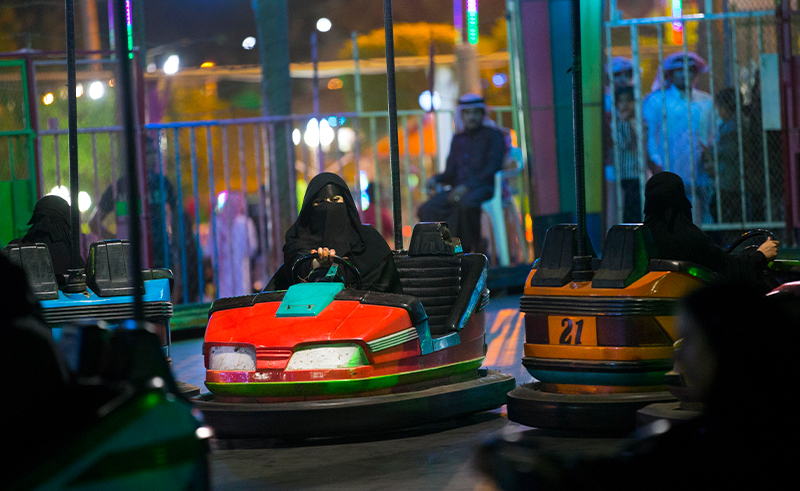
Al Neami’s exploration of contradictions and complex societal norms comes through strongly in ‘Red Lipstick’, a nine-minute video installation that examines her relationship with the niqab. Initially, she viewed the niqab as something that sharpened her ability to recognise people by their eyes. Wearing it heightened her observational skills and sense of connection, as everyone dressed similarly in abayas. However, after she stopped wearing the niqab, she noticed an unexpected change: men seemed more intrigued by her when she was veiled, drawing attention to how societal rules create allure around what is deemed "forbidden."
In ‘Red Lipstick’, Al Neami used a Christian Lebanese friend as the model, someone who had never worn the niqab before. The video shows the niqab flying around, alternating between revealing either the model's eyes or her lips, which are adorned with striking red lipstick. This visual contrast encapsulates the tension between modesty and attention, between what is hidden and what is seen. The project, exhibited underground in Jeddah, explores not only the niqab’s layered meanings but also how societal perceptions are shaped by what remains covered.
"It was an experience for her as well," Al Neami tells SceneNowSaudi, reflecting on how the project challenged both herself and her model to think about cultural symbols and their shifting significance. ‘Red Lipstick’ became one of her most pivotal works, capturing the contradictions she would continue to explore in future projects.
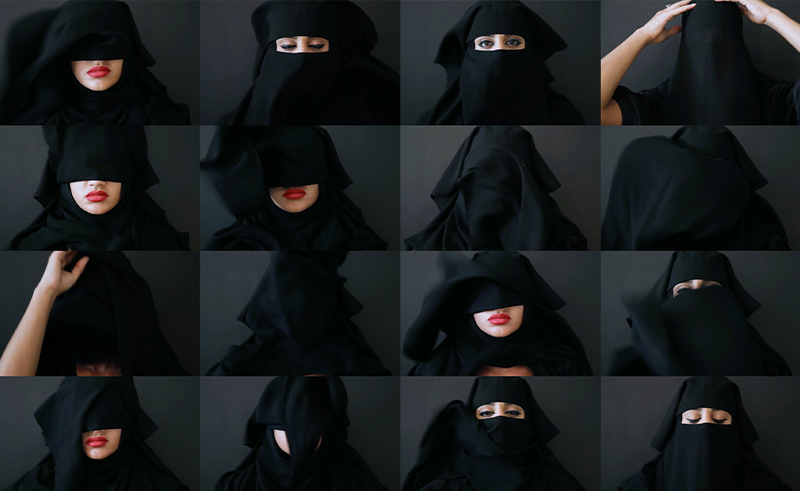
The niqab remains a pivotal element in Al Neami’s artistic journey, and her series ‘Never Never Land’ offers a striking example of how she draws from personal experiences to explore the complexities of societal norms. Showcased at the City Gallery Wellington in New Zealand in 2018, ‘Never Never Land’ depicts fully veiled Saudi women playing bumper cars at a carnival. While the scene appears playful, the signs surrounding them call for modesty and restraint, even in moments of leisure. Through this subtle satire, Al Neami comments on the tension between personal freedom and societal rules, especially in a country where direct criticism of authority is often suppressed.
‘Never Never Land’ also reflects the changing dynamics within Al Neami’s home region of Asir, where, historically, women had greater freedom and were seen as equals to men. She tells SceneNowSaudi how the region's traditions have evolved: “Women in Asir didn’t cover themselves in the past, but over time, that changed.” Her visits to local amusement parks in 2010 revealed a stark contrast between the present and the past. At first, boys and girls rode the same rides together, but gradually, segregation became the norm, and extra sheets and coverings were put up to shield women from view while they played.
By 2017, the restrictions had grown even more severe, with black curtains placed around the bumper cars, making it impossible for anyone outside to see the women having fun. Al Neami’s work captures this societal shift, where women are sometimes treated as if their very presence could cause disruption or chaos, even in spaces meant for joy and play. Through ‘Never Never Land’, she questions these evolving norms with quiet but powerful critique.
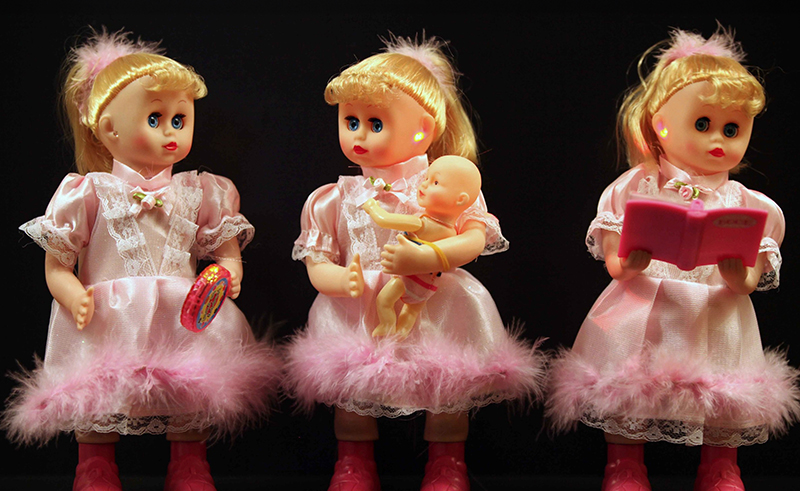
Her installations and films don’t just observe these changes—they participate in them. In ‘Art is Not a Race’, exhibited at Doha’s Fire Station in Qatar in 2022 and 2023, a child model collapses on a long walking mat with the phrase “Art is not a race” inscribed in Arabic. The installation critiques the pressures and competitive nature of the contemporary art scene, questioning whether the pursuit of recognition is undermining artistic integrity. It’s a reminder that both life and art require patience and thought, and perhaps…waiting things out even when ‘better days’ seem impossible.
One of Al Neami’s most defining projects took place in 2014 within the Kingdom itself. ‘A Piece of Paradise’ saw her become the first woman ever granted permission to photograph the Prophet’s Mosque in Madinah, capturing the intricate centuries-old calligraphy and the grandeur of the mosque's 177 domes. But this series is more than an architectural study; it reflects her contemplation on faith, beauty, and the desire to preserve cultural heritage across generations. For Al Neami, the project embodied both the physical and the spiritual aspects of her work, preserving not only the mosque’s magnificent design but also the deep reverence it inspires in those who visit.
Al Neami recalls the moment that inspired the project. “When I entered the Haram for the first time, I looked up and saw the domes, each one so beautiful and unique. I asked, ‘What is this? Who made them?’ but there was no information.” Determined to document the mosque’s overlooked architectural details, she took her phone and began photographing the domes, eventually presenting her idea to Prince Faisal. Her proposal was bold—to photograph each of the 177 domes of the Prophet’s Mosque, a feat no one had attempted before.
Despite challenges in securing permits and initial skepticism, Al Neami persisted. Officers expressed surprise at the sight of a camera inside the mosque, as such access had been unheard of. But her determination paid off, and the result was not just a remarkable visual archive but a historic milestone. ‘A Piece of Paradise’ disrupted traditional norms around access, opening doors not only for Al Neami but for other women in Saudi Arabia, making it a pivotal moment in both her career and the cultural landscape of the Kingdom.
Al Neami’s early success came despite the conservative social climate at the time, where being a Saudi woman pursuing contemporary art was met with skepticism, if not outright resistance. Her art isn’t about offering easy answers—it’s about sparking thought and reflection. As Saudi Arabia continues to undergo significant change, her work pushes viewers to question, laugh, and engage with the world around them. Through her social commentary, she has become an essential voice in Saudi contemporary art, well before the country began to embrace the arts as it does today.
As Saudi Arabia continues to undergo significant cultural shifts, Al Neami is optimistic about the future of art in the Kingdom. "I’m so happy with where art is now in Saudi Arabia. It’s a new chapter, and there is so much support. Art is the future," she says. Her upcoming projects will explore the Kingdom’s relationship with the land, sea, and sky, focusing on the spiritual and human evolution happening within the country.
"We are witnessing remarkable progress, and my current work is more philosophical and meditative," she explains. Her work continues to reflect the questions she’s been asking since her youth—questions that are finally being answered as Saudi Arabia’s artistic community grows and evolves.
- Previous Article Aswan’s Zen Wellness Goes Global with Langkawi Launch
- Next Article Africa Fintech Forum to Be Held in Cairo on June 24th
Trending This Week
-
Dec 04, 2025


